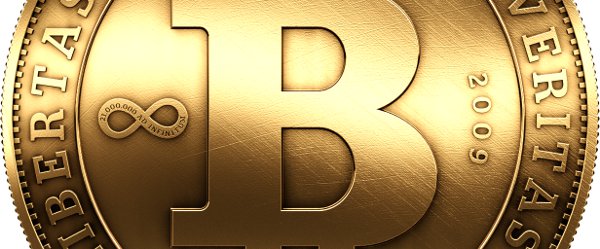
So. You know what a Bitcoin actually is. Now you want to get your hands on one.
No problem. Well, one problem: even a single bitcoin costs quite a bit of money (currently $809).
While you could go somewhere like bitbargain.co.uk to buy a fraction of a bitcoin, the more tech-savvy might be interested in trying their hand at mining it.
Mining is essentially a process of solving a series of increasingly difficult mathematical equations. Solving the current equation is rewarded with the release of a block of bitcoins – currently 50.
However, each time an equation is solved, the next becomes more complex. And because Bitcoin was created in 2007, the maths is now pretty tough.
That means more processing power is required to solve the latest equations, and even more in future, making the necessary outlay on hardware a tricky barrier to entry.
Don’t worry though – we’ve made a list of useful steps to take to set you up as the next (legal) Ross Ulbricht.
1. Get a Bitcoin wallet
You can try bitcoin.org or others like blockchain.info to get one of these. First you download what’s known as a Bitcoin client for your operating system, then click ‘new’ to install your wallet.
These electronic wallets are essentially a place to store your strings of letters and digits; your own personal keys to your bitcoins.
Like in real life, if you misplace your electronic wallet, your money is gone too, so make a copy of your wallet file. If you’re using a web-based wallet, then make a note of your address (a combination of letters and digits).
2. Join a pool of miners
Before you rush to start mining, consider how far your laptop is going to take you in solving difficult equations. Some experts estimate the energy cost and need to update hardware to the latest mining specs could eventually cost you more than the sum of bitcoins you manage to generate.
It makes more sense to pool your resources with likeminded miners and split the profits.
Members of a pool are given smaller blocks of simpler equations to solve, the combined work solving the big equation. There’s lots of pools to choose from, with smaller ones resulting in higher pay-outs but slower mining speeds, and vice versa for larger ones.
The easiest way to find mining pools is to google them and select a link to follow some simple instructions on how to join.
3. Create ‘workers’
You need to create ‘workers’ so you can mine. The first step is simply to create a log-in to the pool when you join – the workers are just subsidiary accounts you create, with their own passwords, and are linked to your own log-in details.
The workers basically just give an ID to your mining efforts, ensuring the pool can keep track of your endeavours and reward you accordingly.
4. Download yourself a miner programme
Kind of an obvious one, but an important one too. You need to download a Windows/Mac /Linux programme that actually enables you to do the mining in the first place.
Windows users usually go for GUIMiner, widely considered to be the best, as it works with most graphics cards, while CGMiner is a popular Mac one. A more comprehensive list of the options can be found here, though.
Once you’ve downloaded the programme, install and run it using your pool ID, using your worker name as your username – startbitcoin.com explains that the formula is username.worker ID, then using the same password as that worker ID.
5. Mine!
You’re ready to go! Just remember – your hardware will only take you so far. In fact, this profitability counter can tell you exactly how far you’ll get. If you’re serious about Bitcoin mining, it might be worth investing in some extra hardware – graphics cards are a cheap option – to improve your haul.
Good luck!


